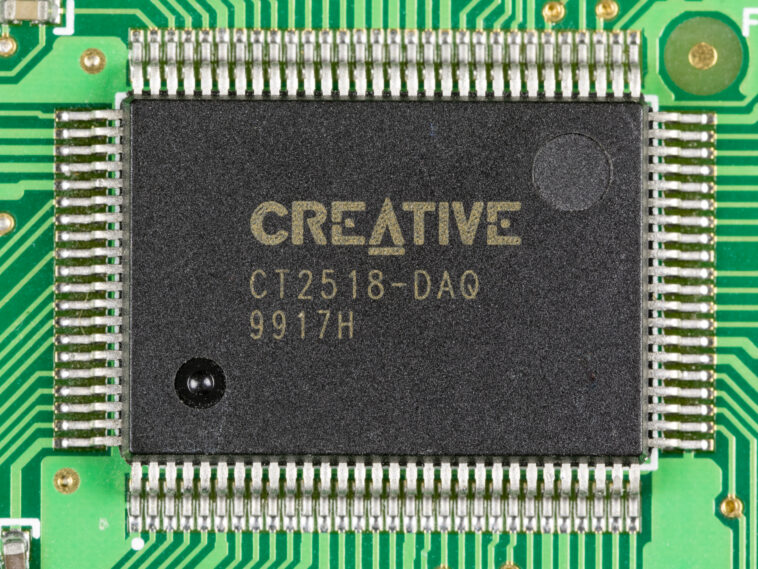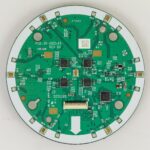Revolutionary Analog Photoelectronic Chip developed in China for High-Speed Computer Vision Applications
Introduction
China’s Tsinghua University has developed a fully analog photoelectronic ACCEL chip that uses the emerging field of photonic computing, which uses light to process information. The new chip offers unparalleled efficiency and computing speeds for computer vision tasks and is superior to modern GPUs in this field. The ACCEL chip represents a breakthrough in high-speed, low-latency computing and could be a game-changer for applications such as autonomous driving, robotics, and medical diagnostics.
The Power of Photonic Computing
The ACCEL chip combines two technologies to achieve its remarkable speed and efficiency: diffractive optical analog computing (OAC) and electronic analog computing (EAC). OAC uses the manipulation of light waves through diffraction to encode and process information, while EAC uses constantly changing analog signals to manipulate physical quantities. Both methods provide advantages for certain types of computation, and the ACCEL chip achieves system power efficiency of 74.8 peta-ops per watt, more than three orders of magnitude higher than current GPUs.
The Advantages of ACCEL
One of the main advantages of the ACCEL chip is its low latency. ACCEL image processing uses the light-induced photocurrents for calculations, eliminating the need for an ADC to convert the image and resulting in much faster processing times. In addition, ACCEL’s highly efficient computing speeds reach 4.6 peta operations per second, with more than 99% of calculations performed optically. The chip also achieved high accuracy on a variety of tasks, with accuracies of 85.5%, 82.0%, and 92.6% for Fashion-MNIST, ImageNet 3-class classification, and time-lapse video recognition tasks, respectively.
The Future of Analog Computing
The ACCEL chip’s flexible combination of diffractive optical computing and electronic analog computing represents a significant advance in the field of analog data processing. While digital computing has dominated the field in recent years, analog computing has reached a new level of development and is being used again in cutting-edge technologies. With its high speed, efficiency, and accuracy, the ACCEL chip promises to play a vital role in our daily lives much sooner than previously expected.
The Bottom Line
The ACCEL chip represents a significant breakthrough in high-speed, low-latency computing for computer vision applications. By using a combination of diffractive optical analog computing and electronic analog computing, the ACCEL chip achieves unprecedented efficiency and computing speeds, making it superior to modern GPUs in this field. With its high accuracy and low latency, the ACCEL chip has the potential to revolutionize a variety of applications, including autonomous driving, robotics, and medical diagnostics. As the field of analog data processing continues to develop, we can expect to see more breakthroughs like the ACCEL chip that offer new possibilities for computing and data processing.
Originally Post From https://technewsspace.com/the-chinese-have-developed-a-computer-vision-processor-that-is-3000-times-faster-and-4-million-times-more-efficient-than-a-modern-gpu/
Read more about this topic at
All-analog photoelectronic chip for high-speed vision tasks
All-analog photoelectronic chip for high-speed vision tasks


